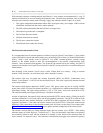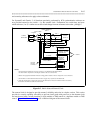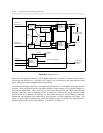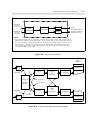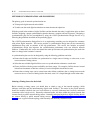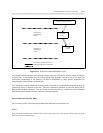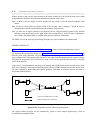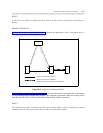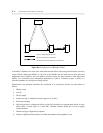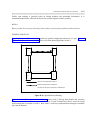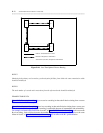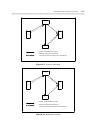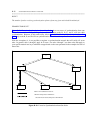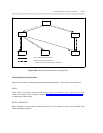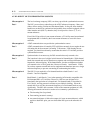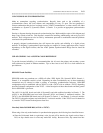
B-22 SYNCHRONIZATION OF DIGITAL FACILITIES
_ ___________________________________________________________________________________________________________________________
_ ___________________________________________________________________________________________________________________________
_ ___________________________________________________________________________________________________________________________
B
C
D
. . . . . . . . . . . . . . . . . . . . . . . . . . . . . . . . .
. . . . . . . . . . . . . . . . . . . . . . . . . . . . . . . . .
DIGITAL TRANSMISSION FACILITY
. . . . . . . . . . . . . . . . . .
PRIMARY FREQUENCY REFERENCE
SECONDARY (BACKUP) FREQUENCY REFERENCE
A
Figure B-14. Improper Use of Backup Facilities
Availability is defined as the ratio of the mean time between failures (the average time between successive
system failures, abbreviated MTBFs) to the sum of the MTBFs and the mean time to repair (the total
maintenance time divided by the total number of failures during the same amount of time abbreviated
MTTR). Low availability (poor transmission performance) is used as a criterion to reject a facility as a
reference candidate or to reassign one already chosen.
Characteristics that primarily determine the availability of a transmission facility are rank-ordered as
follows:
1. History record
2. Activity
3. Facility length
4. System rate (that is, whether the facility supports T1 or fiber)
5. Protection switching
6. Physical type (that is, whether the facility is physically installed as an underground, buried, or aerial
paired cable, a coaxial cable, or a radio link). (Satellite facilities should not be used to supply
synchronization.)
7. Number and type of regenerative repeaters
8. Number of digital terminal products and other intermediate office equipment, if any



